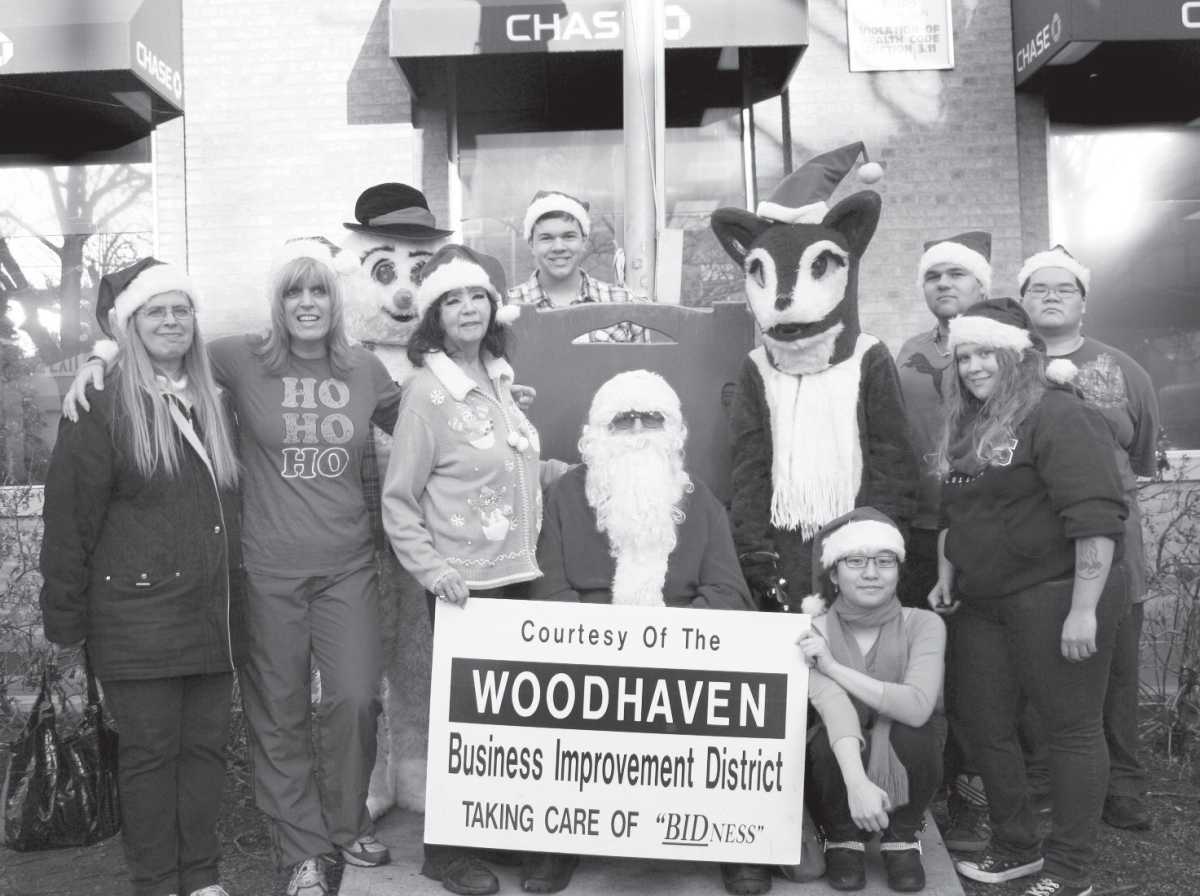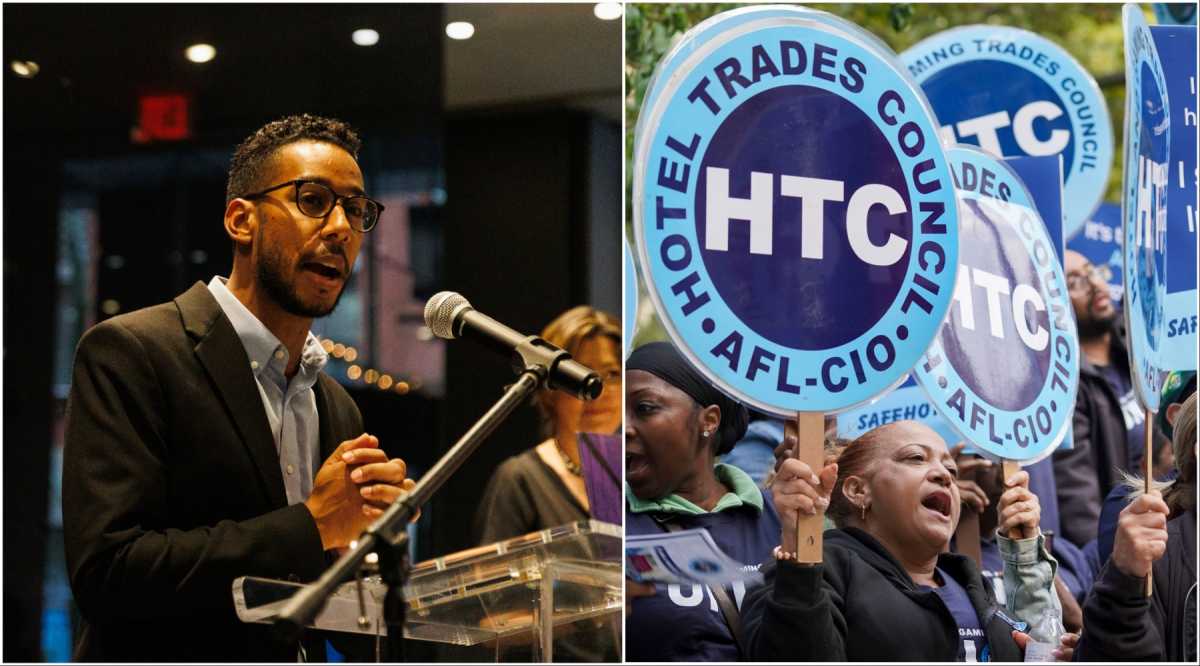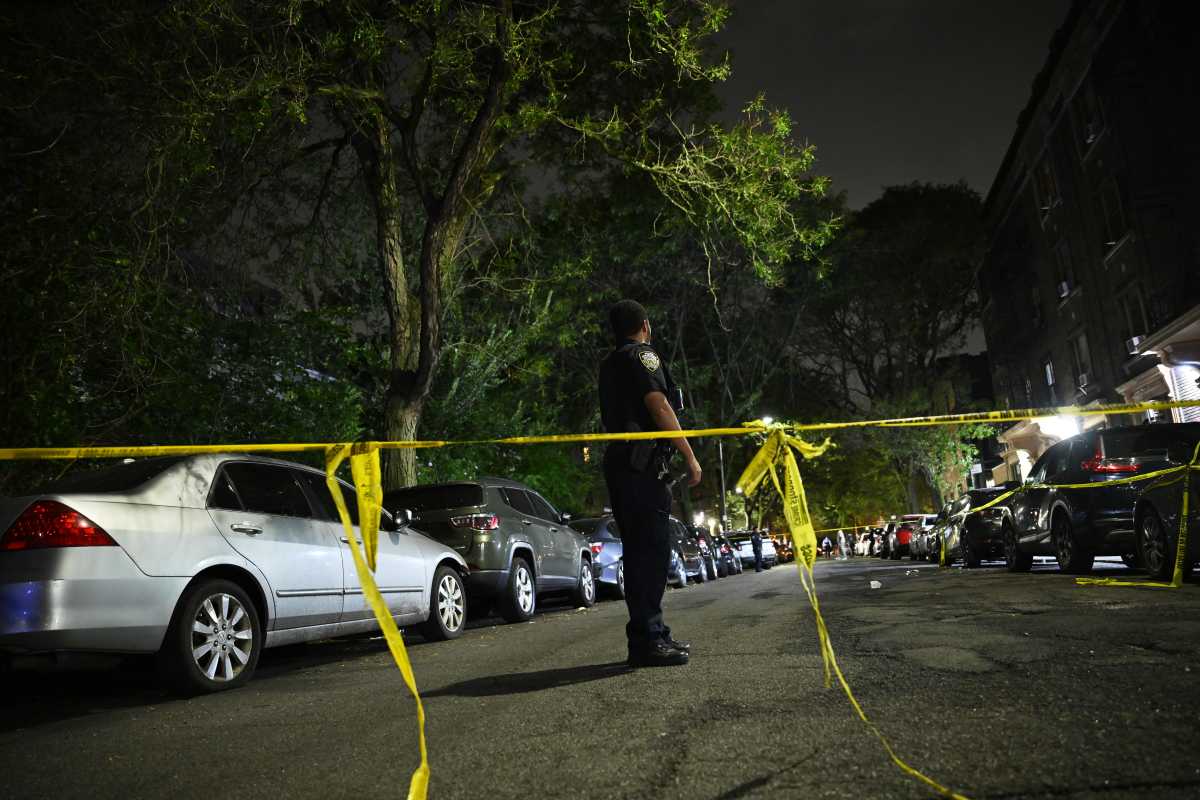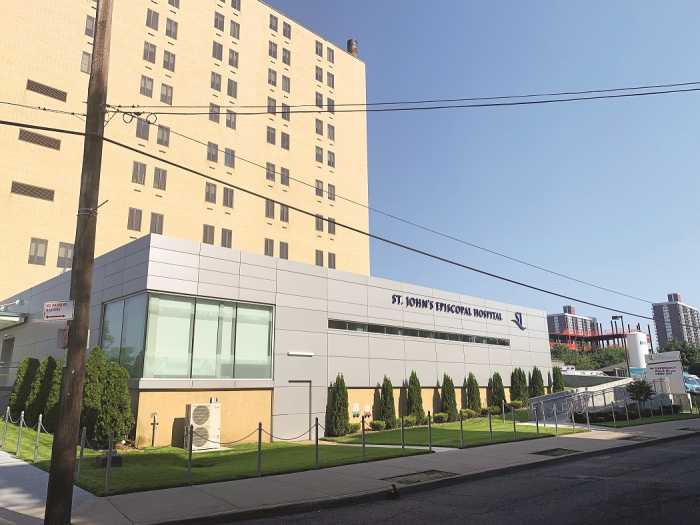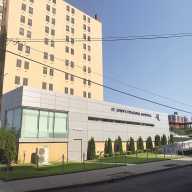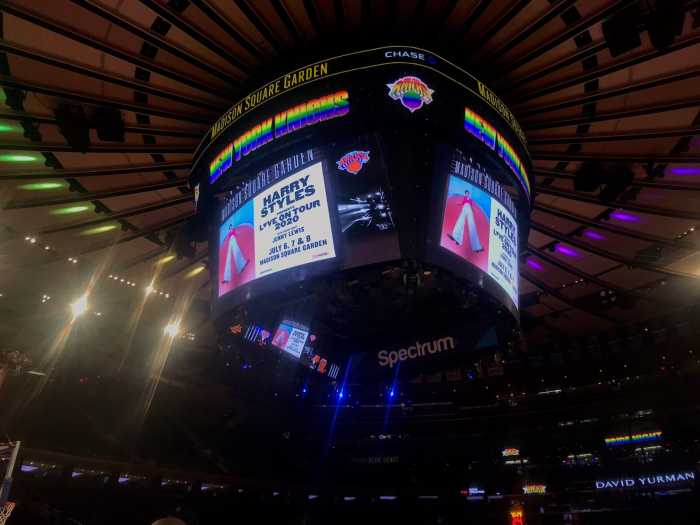Residential Spots Downzoned; Thoroughfares Upzoned
Seeking to keep the character of its community while expanding opportunities on major corridors in the area, Board 9 approved a rezoning plan for Woodhaven and Richmond Hill at its Mar. 13 meeting at the Woodhaven-Richmond Hill Volunteer Ambulance Corps.

Sylvia Hack, who co-chairs Board 9’s Land Use Committee, stated that the rezoning was the result of a four year study.
Generally, she noted that the plan “downzones” residential areas to prevent overdevelopment in those spots, while “upzoning” portions of Atlantic and Jamaica avenues to allow for more investment along those streets.
Brendan Pillar of the Department of City Planning explained the “finegrain rezoning approach” that went toward the area’s first rezoning in over 50 years.
The 229-block study area (151 of them in Richmond Hill) is bracketed by Park Lane South and Union Turnpike, the Van Wyck Expressway, Eldert Lane (the borough border) and 103rd Avenue.
According to Pillar, most of the study area is divided into two areas- an R3-1 zone (with one or two family detached homes) above Atlantic Avenue, and an R5 zone below it that allows for a variety of housing types. Pillar noted that a majority of those buildings are one-to-two family detached homes, but that construction of multi-family units have been on the rise.
Two commercial overlays on Jamaica and Atlantic Avenue allow retail development. However, the overlay extends 150 feet into the block, allowing retail spaces to “encroach on residential side streets,” Pillar stated.
The DCP’s plan is to update the area’s existing zoning while decreasing the amount of retail encroachment and directing residential development to areas near the J/M/Z line along Jamaica Avenue.
Two R3-1 areas will be converted to R3A districts that Pillar claimed reflect the one- and two-family detached homes that currently exist. Other areas with similar homes will be changed to R3X districts that reflect the “sightly larger lots.”
The length of Jamaica Avenue will be upzoned from an R3-1 to an R6A zone, that will allow buildings up to 70 feet high, with the aforementioned commercial overlay.
Portions of the area below Atlantic Avenue currently zoned R3-1 and R5 will be converted to an R4A zone, allowing for 1-2 family detached homes with front yards. Pillar noted that currently 72 percent of those buildings are detached 1-2 fam- ily homes. Several other blocks currently in an R5 zone will be converted to an R4-1 allowing for detached or semi-detached homes, while a very small portion will be converted to an R4B zone that allows myriad housing types.
Finally, the portion of Atlantic Avenue currently zoned R5 will be upzoned to R6A, allowing for different housing types with a 70-foot maximum height and a commercial overlay.
Some small commercial overlays will also be added to the eastern end of Atlantic Avenue, Van Wyck Expressway and Lefferts Boulevard.
Most of the crowd, as well as members of the Woodhaven Residents Block Association and Board 9’s Land Use Committee, spoke in support of the proposal.
Carina Nieves, a young resident of Woodhaven, disagreed, telling Board 9 she was against the proposed upzoning of portions of Jamaica and Atlantic avenues as part of the rezoning proposal.
“I’ve seen a lot of houses knocked down in the area, a lot of parking issues,” she said. “If you want to encourage real economic development, you need to have better access to these businesses, better small business grants to immigrant communities.”
Board 9 voted unanimously for the rezoning, which must now be approved by the Queens Borough President’s Office and then by the City Council.

